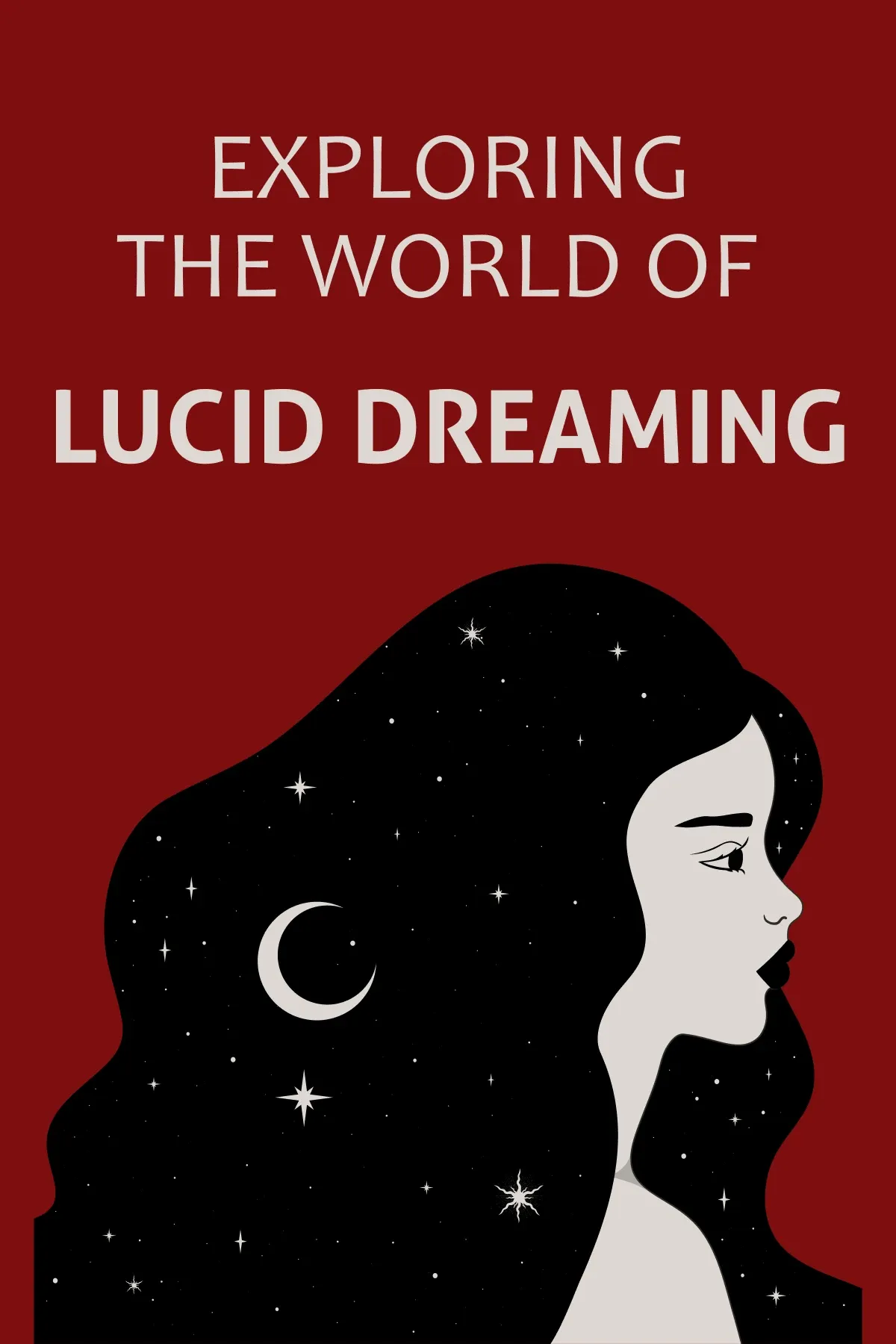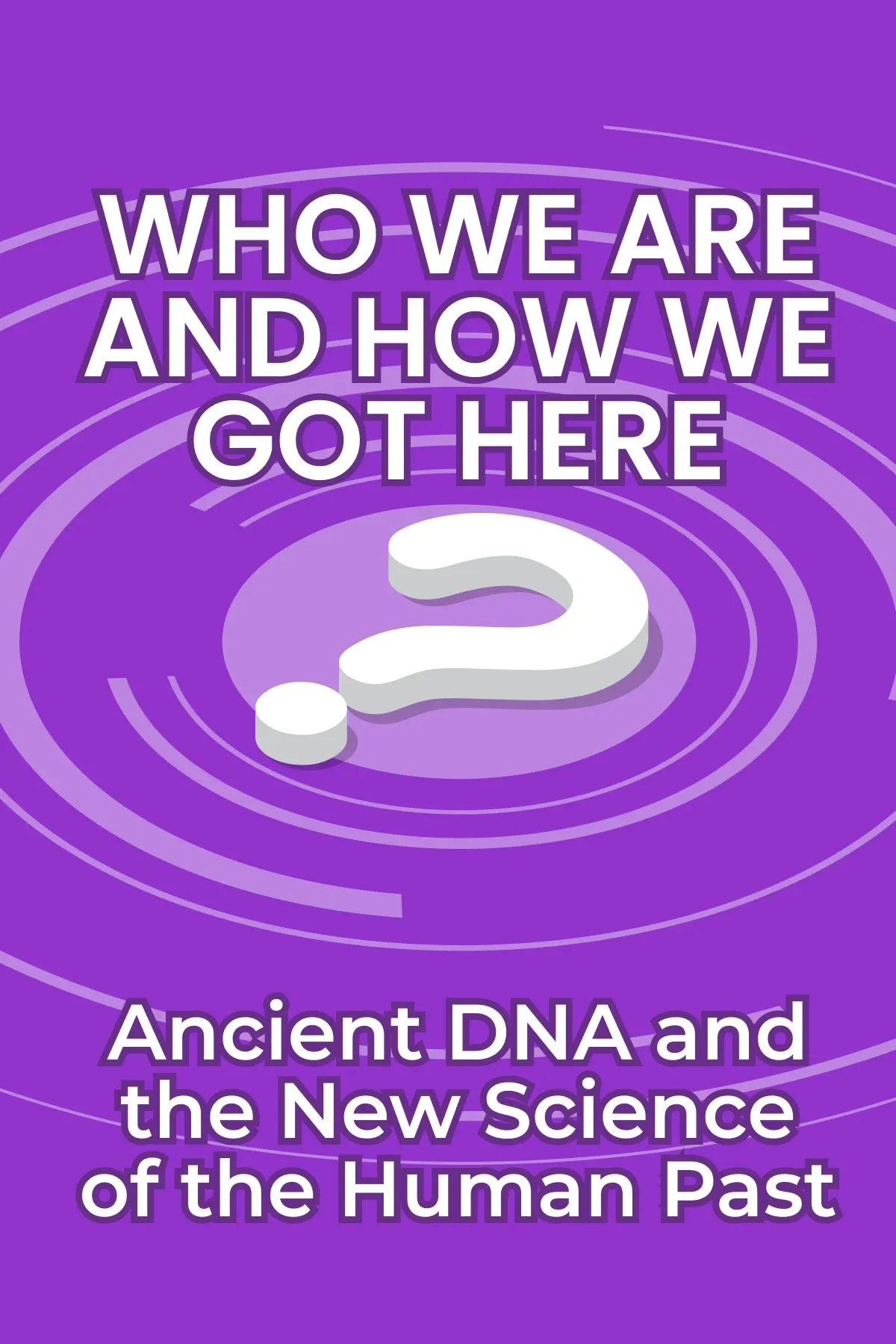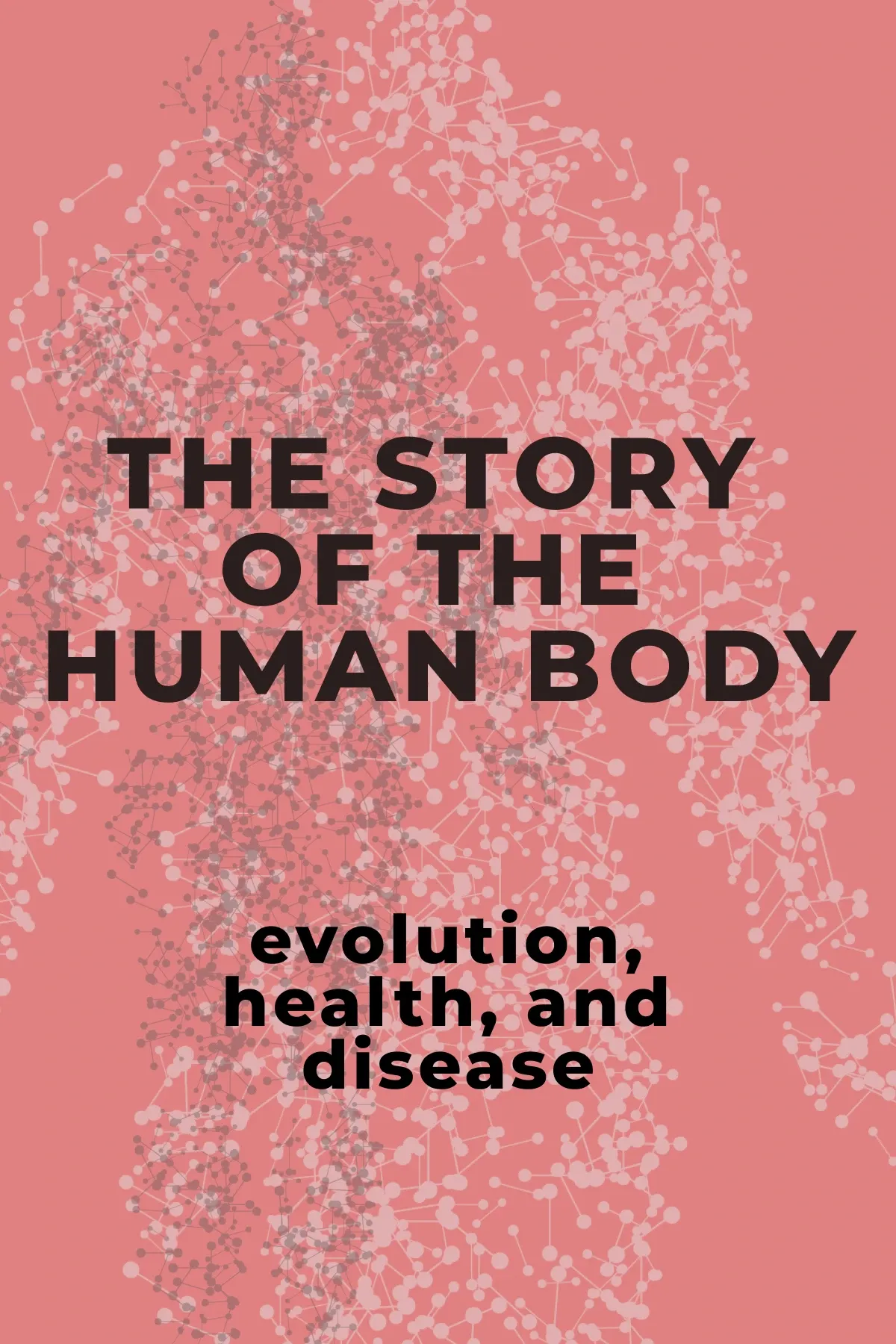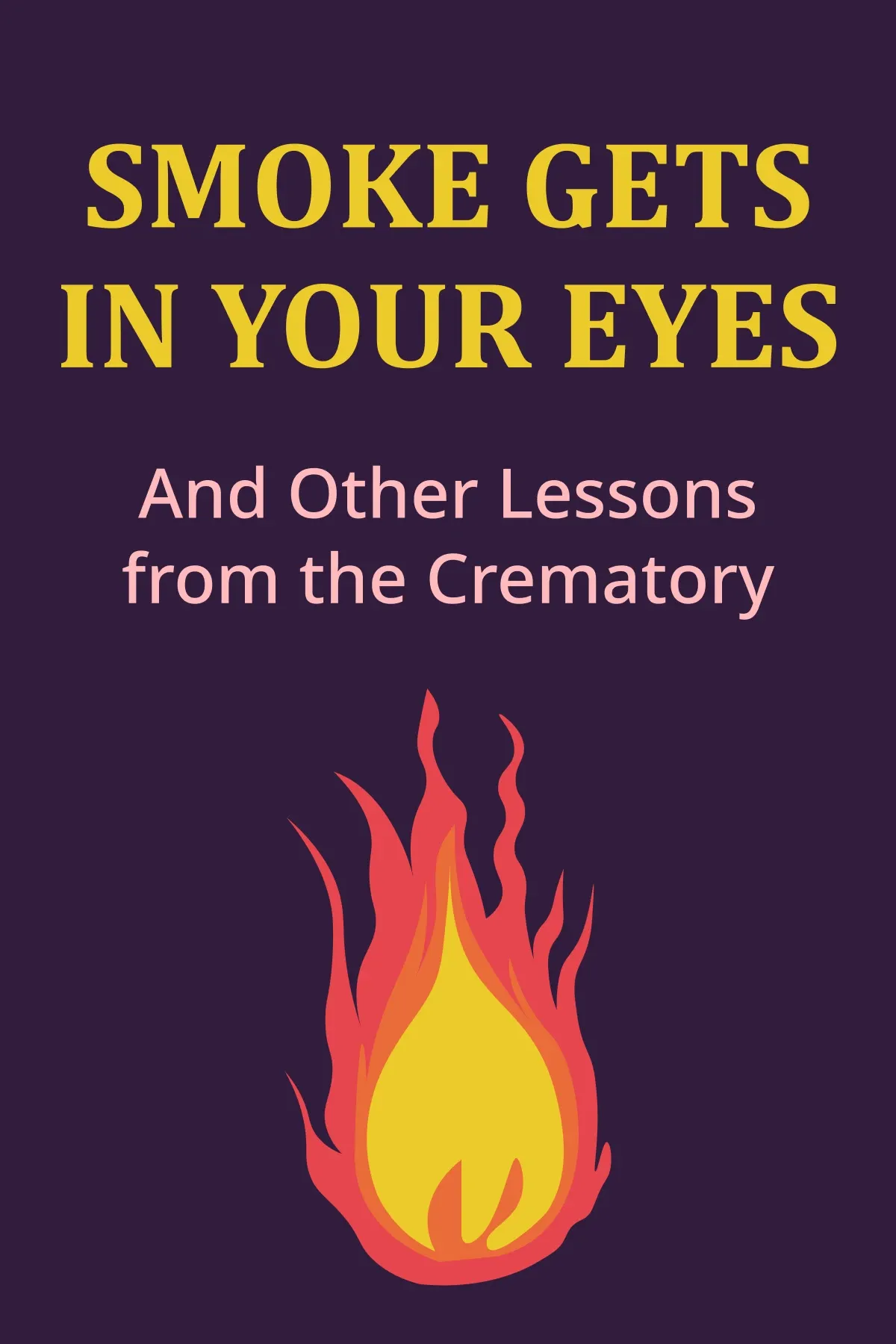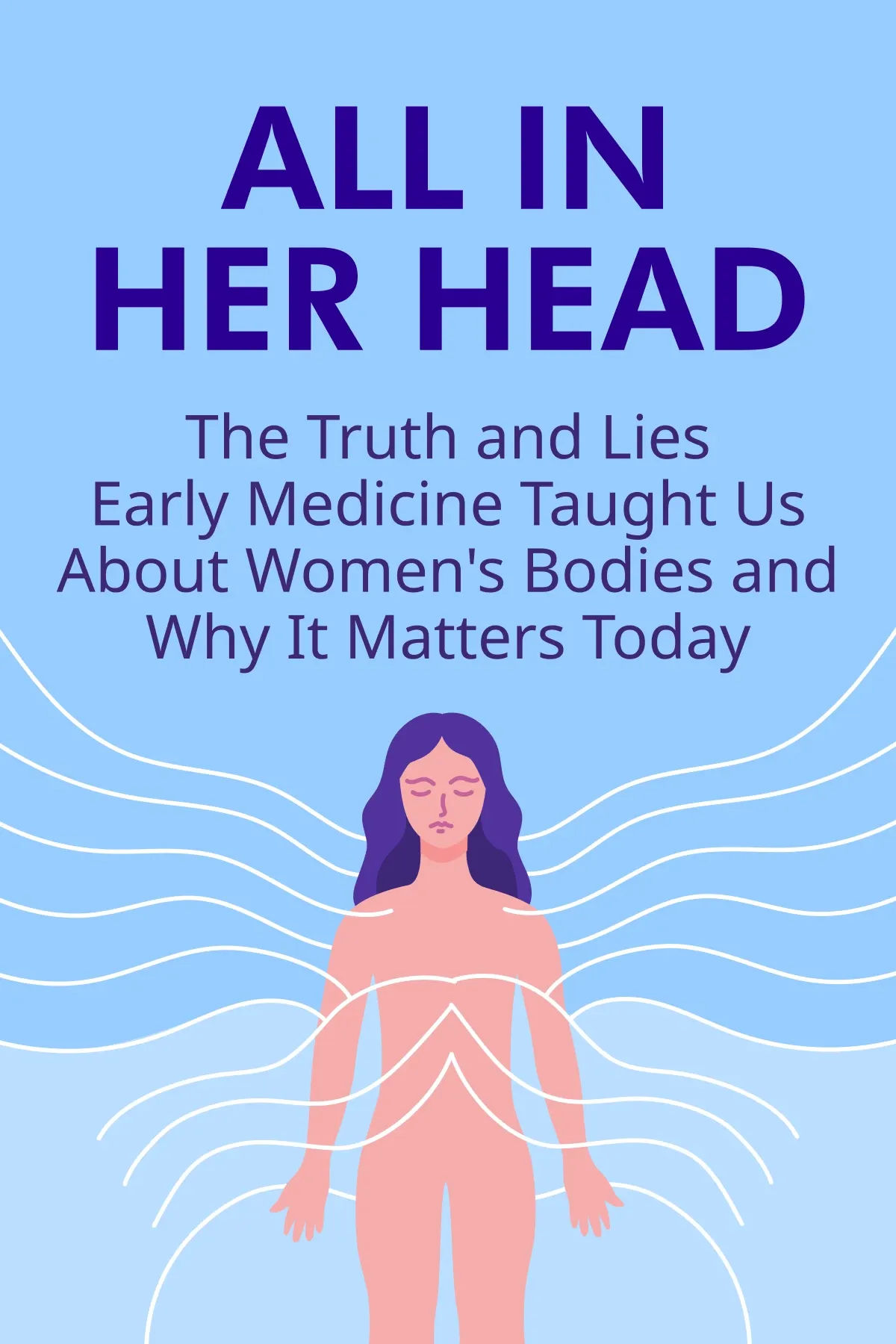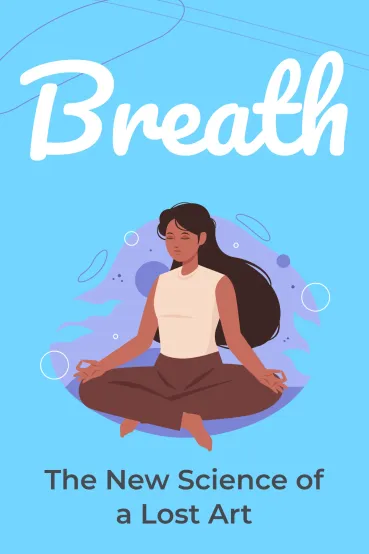
Breath
Brief Summary
Want to improve your life, health, and mental stability with the help of the forgotten art of breathing? To do so, you need 10 minutes a day and the unique insights that James Nestor generously offers in his book “Breath.”
Key points
Key idea 1 of 8
Breathing is an integral part of our existence. Even the ancients recognized its profound impact on our bodies. They believed proper breathing equals life force and general well-being. Nowadays, thanks to scientists, we have proof that breath influences metabolism, as well as mental and physical health.
Time has changed our facial structure, diet, lifestyle, and the way we breathe. Around 1.7 million years ago, our ancestors began to eat mashed food. After another 900,000 years, fire came into their lives, and humans started cooking. Eating food and absorbing calories became easier, which resulted in narrower airways, smaller mouths and sinuses, leaving more space for brains and allowing them to grow.
With the advent of the Industrial Age, everything changed. Our ancestors’ diet consisted of tough meat, raw root vegetables, and fruits. The constant need for active chewing developed the jaws. Yet, once food became soft, there was no need for wide jaws. This explains today's misalignment of teeth, known as dental malocclusions. Our jaws just don't have enough space to fit all the teeth properly! For the record, early humans did not have this problem.
At this point, we are one of the species with the most poorly developed respiratory system. While our ancestors had wide sinuses, big mouths, and straight profiles, a modern human skull looks quite different. Our mouths are smaller, the airways are narrower, and the sinuses are much more constricted.
The human body has only two sources of energy — food and breathing, which can be non-oxygenic — anaerobic and oxygenic — aerobic. Anaerobic energy production needs glucose, a simple sugar, as its fuel source. This process is a rapid and accessible alternative when the body doesn't have enough oxygen. However, anaerobic energy production is inefficient and can lead to the accumulation of lactic acid.
Engaging our cells aerobically with oxygen provides 16 times greater energy efficiency than anaerobic processes. When exercising, it is best to stay within this energy-efficient, oxygen-utilizing aerobic zone as long as possible. This ensures clean-burning energy and optimal performance during physical activity and rest.
To define the ideal heart rate for exercise, subtract your age from 180. The result is equivalent to the time your body can remain in the aerobic state. Keep your heart rate below this threshold during training to avoid delving too deeply into the anaerobic zone. In addition, breathe through your nose to enhance endurance and vigor.
You may also like these summaries



